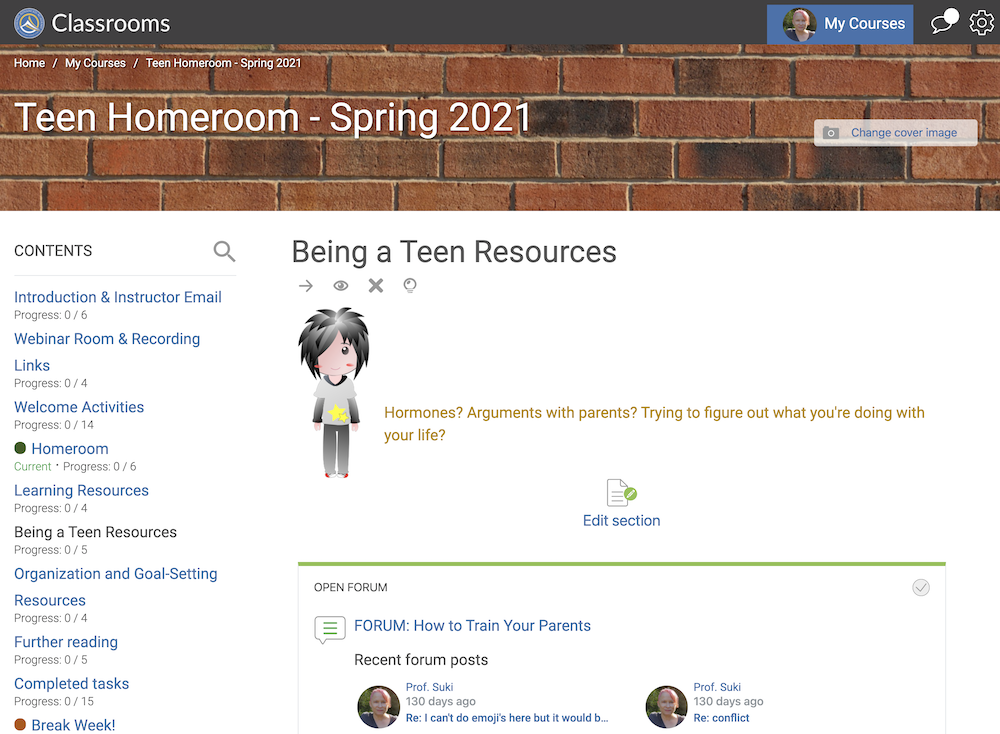Tag: online education
-

Looking for a good online class? Here are some tips.
What makes a high-quality online course? I discuss a variety of features that parents should look for when they are shopping for a course.
-

Why I don’t teach to cancel culture
Life doesn’t offer trigger warnings and won’t cancel history as you walk through it. I want my students to be confident messengers for their viewpoints. And in order to do that, they will have to face what the world offers them. Most of the time—let’s not forget—this world offers natural beauty, kind people, and an…
-

For goodness sake, parents, be nice to your teachers, OK?
We’re all in this together, right? So don’t start the conversation by blaming your teacher. Make sure that you are taking responsibility for your part, too!
-

5 things to do TODAY to help your kids settle in to online classes
Help make your child’s first week of online courses smoother and more fun for everyone.